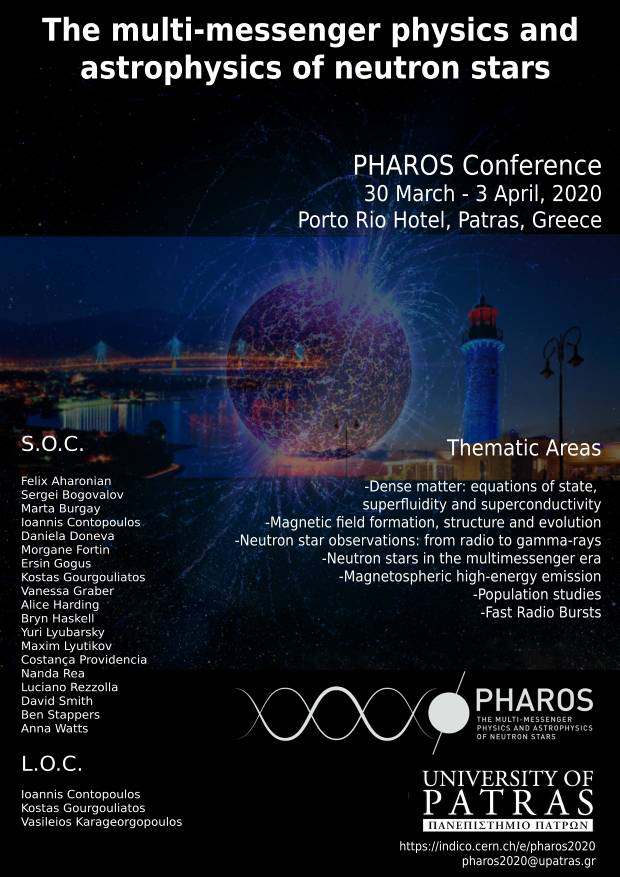Speaker
Description
Pulsating Ultra Luminous X-ray sources (PULXs) are thought to be X-ray bright, accreting, magnetized neutron stars. Their apparent X-ray luminosity, in the range 0.1keV to 10keV, can exceed the Eddington luminosity for a neutron star by a few orders of magnitude. In a magnetized neutron star the accretion flow is channeled onto the polar caps and this gives rise to the observed sinusoidal modulation. However, the exact mechanism which powers the observed luminosity remains debated to this day. Opacity reduction due to the strong magnetic field may be a possible explanation for the high, super-Eddington luminosity. Assuming a purely dipolar field, this scenario can successfully account for the lumonosity of the source M82 X-2, but it fails to explain the even brighter source NGC 5907 ULX1. Instead, in the latter source a more complex magnetic field structure may be present, which allows for sufficient opacity reduction while avoiding the onset of the propeller effect. Here I will present a new simplified model of accretion onto a neutron star with a multipolar magnetic field, and I will discuss the implications and its application to the PULXs emission.

